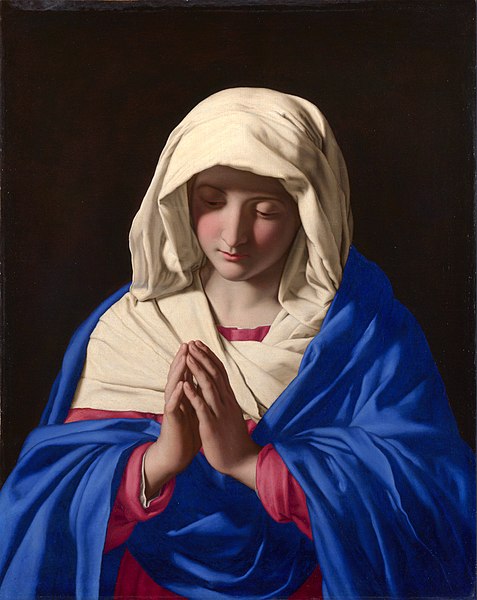Why is the sky blue? This is because of a phenomenon called Rayleigh scattering where molecules and tiny particles in the atmosphere scatter direct sunlight. Light scatters at different amounts depending on its frequency. Because of this, blue and violet light (short-wavelength light) scatters more than the other colours, causing the sky to be blue. But during sunrise and sunset, the light enters the atmosphere from an angle, causing blue and green light to be so scattered that you cannot see it. This produces a red or orange colour.

The deep ocean is blue for a similar reason; red and yellow light is absorbed while blue becomes scattered by the water. However, the colour of the sea is also largely dependent on the colour of the sky at the time, as it reflects the sky. The colour of the sea may change due to algae in the water, which can make it green, brown or even red.
A similar form of light scattering called the Tyndall effect is responsible for blue eyes, caused by a turbid layer in the iris. The Tyndall effect can also be seen in a glass of water mixed with milk, or flour suspended in water.

Blue has one of the most interesting histories compared out of all the colours. In the ancient world, blue was considered a lowly colour, with some cultures such as the ancient Greeks not even considering it a “real colour” such as red, black, white and yellow. In fact, the Greeks did not have a word for the colour blue; it was merely called bronze colour. The ancient Romans considered blue the colour of barbarians. The Romans stereotyped blue-eyed women as promiscuous and blue-eyed men as aggressive and foolish. Only the ancient Egyptians liked the colour blue, as they considered it a colour of divinity. They made blue dye from copper.
Perhaps the hatred for the colour blue was due to the difficulty of making blue dyes. This all changed nearer to medieval times as artists and dyers successfully created blue dyes from minerals such as lapis lazuli, azurite and cobalt. Blue became the colour of the Virgin Mary. Artists began painting the sky and the sea as blue, which were previously depicted using black, white and green. Nobles began wearing blue instead of the traditional red and purple, and dyers followed this trend by devising better blue dyes with a variety of shades.

This led to the thriving of blue dye industries in European cities such as Amiens, Toulouse and Erfurt, where blue dye was made from a plant called woad. Although this was a very lucrative business, blue was still a very expensive and difficult colour to use, with the dying process involving soaking the woad in human urine (which contains ammonia) to extract the colour.
Blue became a much more accessible colour in the 18th century when flourishing trade brought indigo from the Americas. Indigo was much easier to use, more concentrated and produced a richer, more stable blue than woad. As blue became more and more popular, synthetic blue dyes were discovered – one of the most famous being Prussian blue which was discovered in Berlin in 1709.

Throughout its history, perhaps the product that best promoted the status of blue as a colour is the denim jean (dyed with indigo blue), invented by Levi Strauss in 1873.
In modern times, blue is an extremely popular colour that is widely used in art, fashion, architecture etcetera. However, the one field that blue has not yet been able to set foot in is food. Researches show that the colour blue drastically decreases a person’s appetite as it is associated with poison in the natural world.





